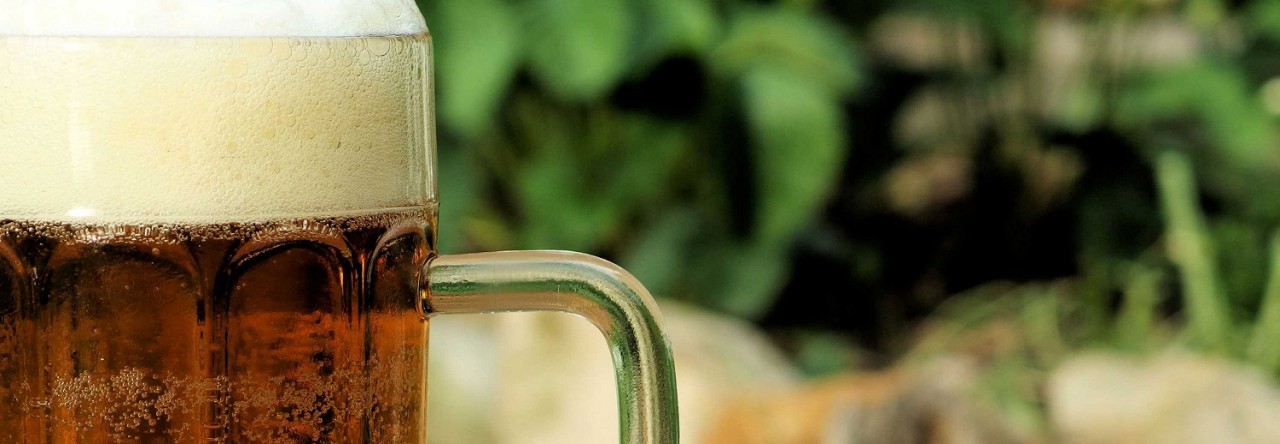Why, hello there, fellow homebrewers! In this post, we’re tackling a topic that might sound as exciting as watching paint dry: understand the components of a malt analysis spec sheet. But fear not! We’ll go through it with all the typical Brew Dudes approach and discuss what those sheets are all about.
We put together this video because of a viewer mail question that asked, “What’s the deal with malt spec sheets anyway?” Well, my friends, understanding these sheets is crucial for our beloved hobby. So, grab your favorite pint and let’s dive in!
Importance of Understanding These Sheets
Before we dive into the nitty-gritty details, let’s state quickly what these sheets are for. They are created mostly for commercial brewers. On the homebrewing level, they can provide some information that enables us to make informed decisions about the grains we use, ensuring the quality and consistency of our brews. Overall though, we can use these sheets to get a sense of the malt qualities but we don’t have to pay as close attention to the specifications as a multi-million dollar brewery would.
Overview of Malt Analysis Spec Sheets
Now that we understand to what level we should pay attention to these sheets, let’s explore the two main types: Certificate of Analysis (C of A) and Product Information Sheets. The C of A offers detailed insights into specific malt lots, while Product Information Sheets provide a broader overview. Keep in mind that availability of C of A may vary depending on the malt lot, and as homebrewers, you may not be able to get your hands on it.
Analysis of a Brewer’s Malt Spec Sheet
The example product information sheet we looked at for this post is for Briess’s American two-row malt. Here are some of the first descriptors we discussed.
- Mealy, Half, and Glassy: These terms are indicators of malted barley quality. Mealy describes a texture reminiscent of mashed potatoes, while half falls between mealy and glassy, and glassy indicates a smooth surface like a polished mirror.
- Plump: This term measures the quality and intactness of the malt kernel. The plumper the kernel, the better the quality.
- Moisture: Don’t underestimate the significance of moisture content in malt. It affects freshness and quality, much like the right balance of hydration in your favorite plant. Moisture can make or break your brew, so pay attention to this essential factor.
C. Extract Dry Basis: This measure determines the sugar yield per pound of malt, unleashing the potential for brewing magic. It’s like discovering a hidden treasure trove of sweetness within the malt.
D. Protein and Soluble Protein Ratio: Proteins and enzymatic activity are the unsung heroes of brewing. They impact fermentation and the overall quality of your brew. So, keep an eye on these numbers to ensure a smooth brewing journey.
E. Diastatic Power: This mystical-sounding term, measured in Degrees Lintner, represents the malt’s enzymatic conversion power. It’s the factor that describes the malt’s ability to converts starches into fermentable sugars, unlocking the full potential of your brew.
F. Alpha Amylase: This item shows the measure of the enzyme that breaks down starches, ensuring a plentiful supply of fermentable sugars for yeast to work its magic.
G. Color: Malt color, measured using the SRM (Standard Reference Method) is important to note for the color it can impart in your beer.
Practical Application for Homebrewers
As homebrewers, our focus lies on extract content and sugar yield per pound of malt. Extract every last drop of brewing potential, and savor the sweetness of success. Don’t forget to consider moisture content for the freshest and highest-quality brews.
Additional Considerations
Malt enzymatic activity can influence mash temperature and fermentability. Craft maltsters may introduce variations in specialty malts, offering unique flavors and characteristics. Embrace the diversity and add an extra dash of creativity to your brews. Lastly, monitoring moisture is vital for maintaining malt texture and quality which will affect your beer.
Conclusion
Understanding terms like mealy, plump, extract content, and moisture are the important factors in the product information sheets. Focus on extract content and moisture, for they hold the power to unlock the full potential of your brews. May your brews be flavorful, your glasses full, and your brewing adventures never-ending.
BREW ON!
